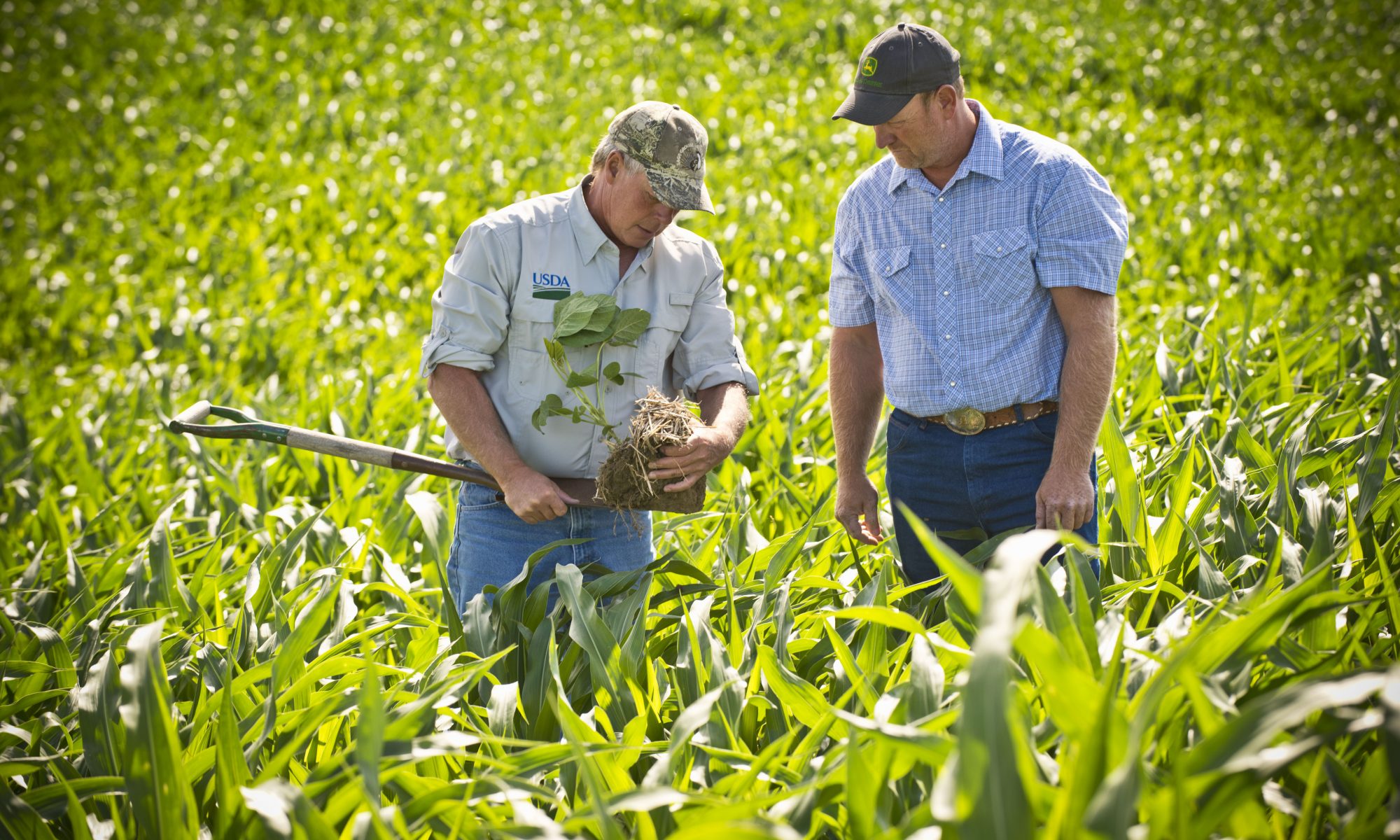
It was once a groundbreaking idea that that climate change mitigation was plausible by burying carbon in the ground. However, in late February of 2018 scientists at Rothamsted Research published their findings in the journal Global Change Biology that soil data stretching back to the mid 19th century demonstrates that carbon emissions cannot be stored in the ground. The researchers concluded this by analyzing of the rate of change in carbon levels in soil.
The original idea of using crops to collect carbon from the atmosphere and burying it in the soil was proposed in 2015 at an international conference. The aim of this proposal was to increase carbon sequestration (the removal of carbon dioxide from the atmosphere and holding it solid or liquid form) by “4 parts per 1000.” The researchers at Rothamsted insisted that this rate was unrealistic for such large areas all over the planet, stating that levels of soil carbon are not unrestricted; as the levels increase, they move towards equilibrium and eventually stop growing.
Data from 16 experiments on three different soil types were examined, giving 110 treatment comparisons. The researchers observed the “4 per 1000” rate of growth in soil carbon levels in some cases, but only when such extreme measures were taken that they would be impractical in a real-life setting.
Not only did these experiments prove the impracticality of the “4 per 1000” initiative, but also displayed that high rates of soil carbon increase can be achieved by removing land from agriculture. However, this extreme decrease in agriculture over vast expanses of land would be incredibly damaging to global food security. To mitigate this problem, researchers have suggested returning residue from crops to soil as an effective solution to increase carbon soil sequestration; this has been observed as an practical method used by some countries in smallholder agriculture settings.
The researchers also suggested that long-term crop rotation with occasional introduction of pasture could lead to significant soil carbon increases. While the environmental benefits are clear, this method is economically impractical for most farmers. In order for an effective change in agricultural methods to be plausible, there would have to be implementation of new policy or guidelines.
Overall, the “4 per 1000” initiative is unrealistic as a major contribution to climate change mitigation. The scientists at Rothamsted Research suggest that there has to be more logical reasoning for promoting practices that increase soil carbon levels is more important to ensure sustainable food security and wider ecosystem services.
Paul Poulton, Johnny Johnston, Andy Macdonald, Rodger White, David Powlson. Major limitations to achieving “4 per 1000” increases in soil organic carbon stock in temperate regions: Evidence from long-term experiments at Rothamsted Research, United Kingdom. Global Change Biology, 2018; DOI: 10.1111/gcb.14066


